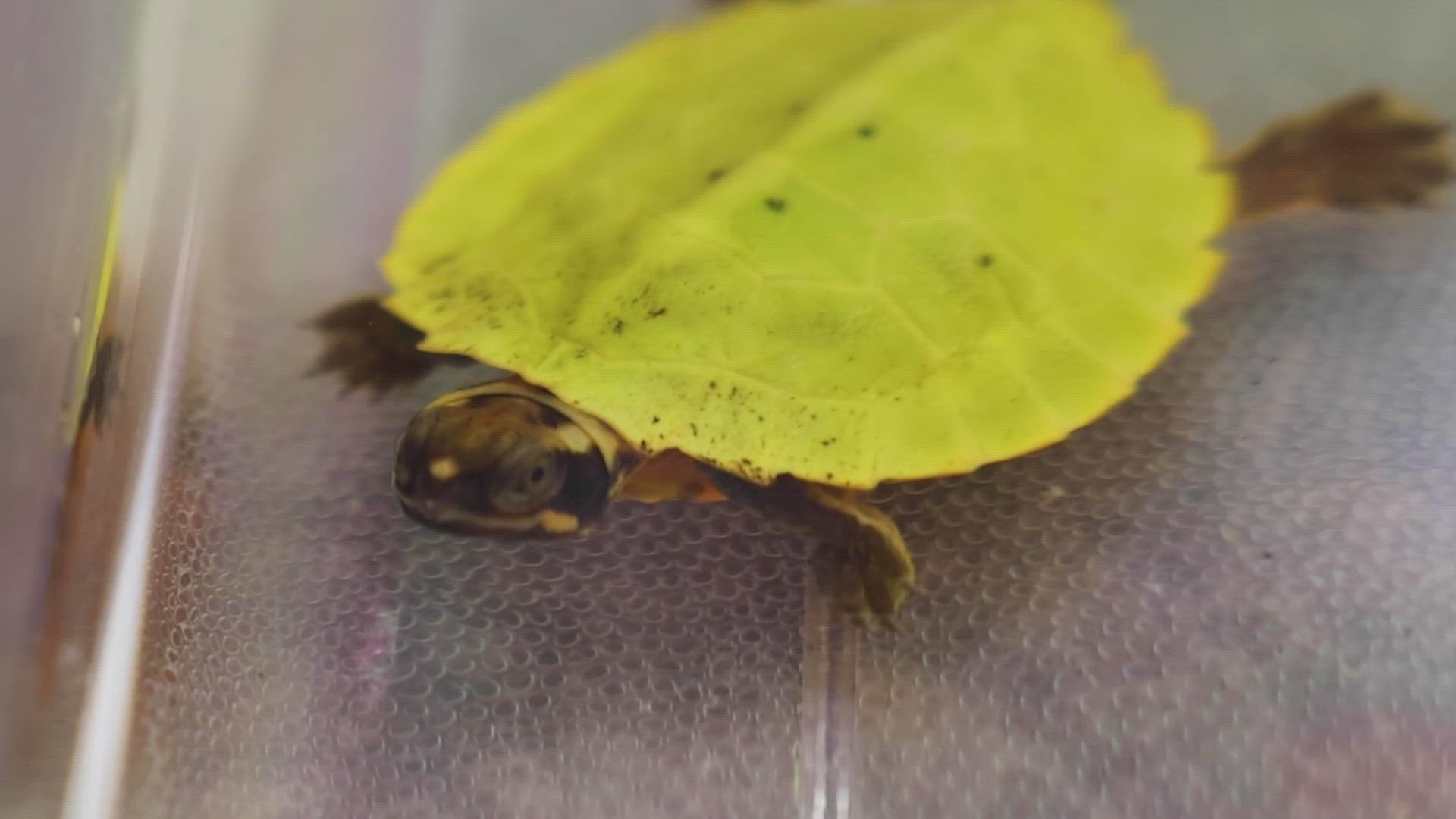KNOXVILLE, Tenn. — A yellow-backed duiker at Zoo Knoxville met a new friend in a video the zoo posted on Friday.
In it, officials said that Lucien arrived at Zoo Knoxville on May 17 from the Los Angeles Zoo. He arrived in East Tennessee on a breeding recommendation, paired with the zoo's other yellow-backed duiker, Ruby.
Tuesday morning, the zoo decided to open the exhibit so Lucien and Ruby could spend some time with each other. They were separated for many weeks so zookeepers could ensure Lucien was comfortable in his new environment and that the two would not be aggressive with each other.
At first, officials said Ruby had not even noticed Lucien existed. But after carefully walking around the edge of the exhibit, Lucien greeted her and the two started getting along.
"They're finally here, they're finally together and we couldn't have asked for a better introduction and a better existence for the both of them," said Cathleen Wise, a zookeeper.
The species is named after the way they quickly dive for cover after being startled. The word originates from Afrikaans, meaning "diver." They usually inhabit lowland forests in central and western Africa and mostly eat fruits, shoots, buds, seeds and bark. However, they can also eat small birds, rodents, insects and carrion.
They are the largest of all duikers and have a triangular, yellow patch along their back with slender legs and a large body. There is also some red hair on their heads between short horns.
Adult yellow-backed duikers communicate with bleats and grunts and are known to whistle an alert if they spot predators before running away.



